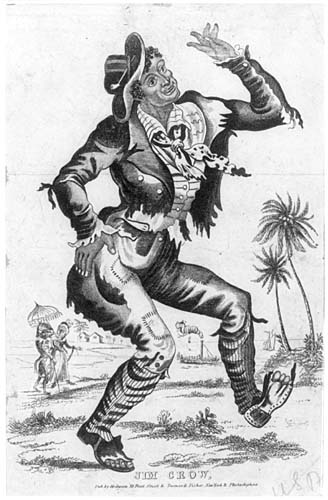Venue Type & Location
Theatre
Overview
Beth Marquis
Troupes at North London Athenaeum
| Film | Affiliated people | Film Type | # of event(s) |
|---|---|---|---|
| Jones | Jones , S. | Dramatic | Definite Jones |
Events at North London Athenaeum
Bibliographic Sources
”On the western side of the street [the former Liverpool street] near its northern end was the Royal Theatre, and south of it, with one house intervening, is a Wesleyan Chapel. They are shown on Perry's plan of the street in 1832 (ref. 99) and both appear in a water-colour in the Council's Collection (Plate 78b). The theatre had a front rendered in stucco with pilasters and niches above. It has been altered somewhat in its design and is now converted into a restaurant. The Royal Theatre, called the Royal Clarence Theatre during the reign of William IV, was built as part of the Panharmonium project (see p. 103) and was first used by Signor Gesualdo Lanza for his pupils. It was opened as a public theatre by John Baldwin Buckstone and Mrs. Fitzwilliam in May, 1832. In 1838 it was known as the New Lyceum and subsequently as the Regent, the Argyll and the Cabinet. John L. Toole acted here and also Edmund Kean. It was still in existence in 1867, in which year G. M. Polini, the father of Marie Polini (who married Owen Nares) made his debut there.” (Ch 15 – ‘Battle Bridge Estate’)
- Evanion Collection, British Library Evan.1855:
A playbill for an event at the North London Atheaeum, which describes the venue as the “Late Royal Clarence Theatre”. It also gives the address as “Liverpool Street, King's Cross”.
“Liverpool Street, King's Cross” […]
Address - Birkenhead Street, Camden, London, WC1, England
The Survey of London Vol XXIV states that a stuccoed façe on the west side of Birkenhead Street, just south of Euston Road, is that of the former Royal Clarence Theatre, active from c.1830 to 1879. The present façe has clearly been much altered, but is certainly that of the theatre. The internal structure, however, shows no trace of its theatrical origin.
Other names - Royal Panormonium, Royal King's Cross, Royal Clarence, New Lyceum, Regent, Cabinet, Century”

